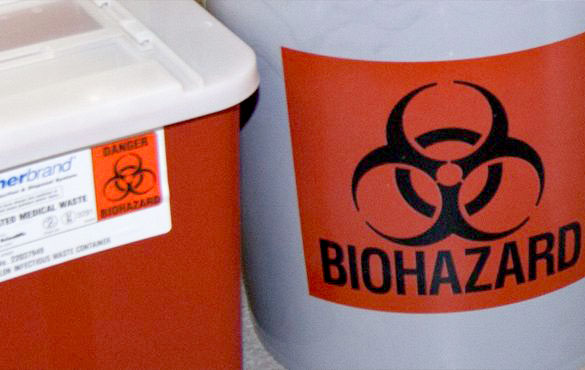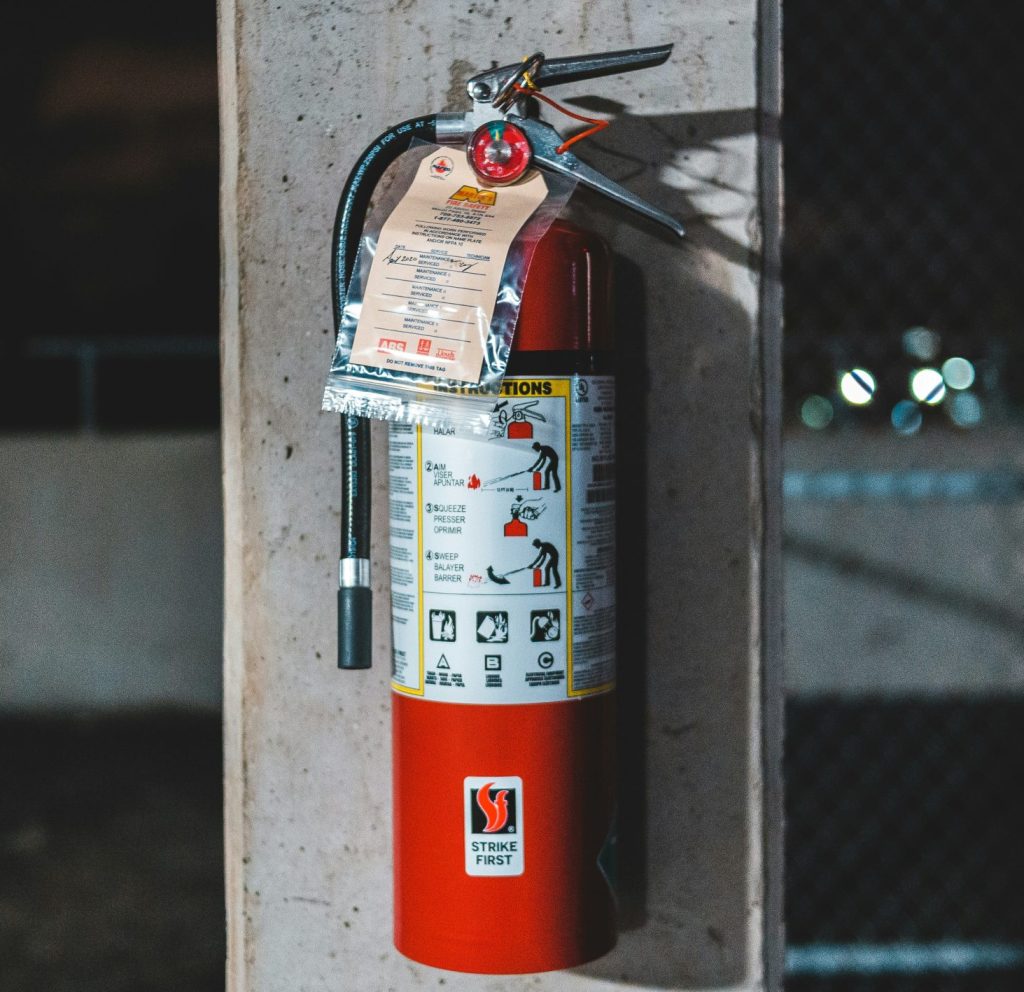Hazard Communication (Hazcom)
The University of Michigan (U-M) Hazard Communication Program is intended to serve all faculty, staff and other employees on campus using chemicals, except those working in a lab area, which are covered by the Chemical Hygiene Plan. The purpose of a Hazard Communication Program is to inform employees of the hazards associated with chemicals in their workplace and ensure the safe use, handling, and disposal of hazardous chemicals. It also outlines:
- Departmental responsibilities and the necessary administrative oversight for managing the Hazard Communication Program
- The components of the written Hazard Communication Program
- Minimum employee training requirements
Standard Operating Procedures, Guidelines, and Manuals
- Hazard Communication Program
- Hazard Communication Program Model Plan
The Chemical Inventory and Safety Data Sheets
The chemical inventory and a Safety Data Sheet for each chemical listed in the chemical inventory are required in the Hazard Communication Program and must be maintained in the workplace. Departments may keep the chemical inventory in the MI Safety Portal, another software application, or as a hardcopy in a binder.
Because individuals may not show signs or symptoms of an exposure to a chemical until years later, individual departments must maintain and archive all SDS (current, revised, and obsolete) at U-M for 30 years. Departments may use the MI Safety Portal or keep binders of paper copies of SDSs for this purpose.





